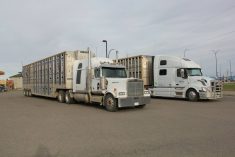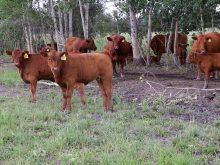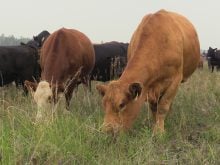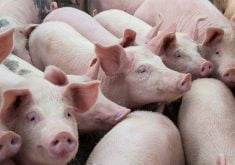PRINCE GEORGE, B.C. – Canada should ban all ruminant meat and bone meal from animal feed, says the chief veterinarian for the Canadian Food Inspection Agency.
“We may have to take some short-term pain on feed restrictions and go beyond the science to make sure we can totally eliminate the infection from the population,” said Brian Evans at the British Columbia Cattlemen’s Association annual meeting May 13.
“Our view is it shouldn’t be fed to any livestock and we’re prepared to apply it to all animals,” he said in an interview.
Read Also
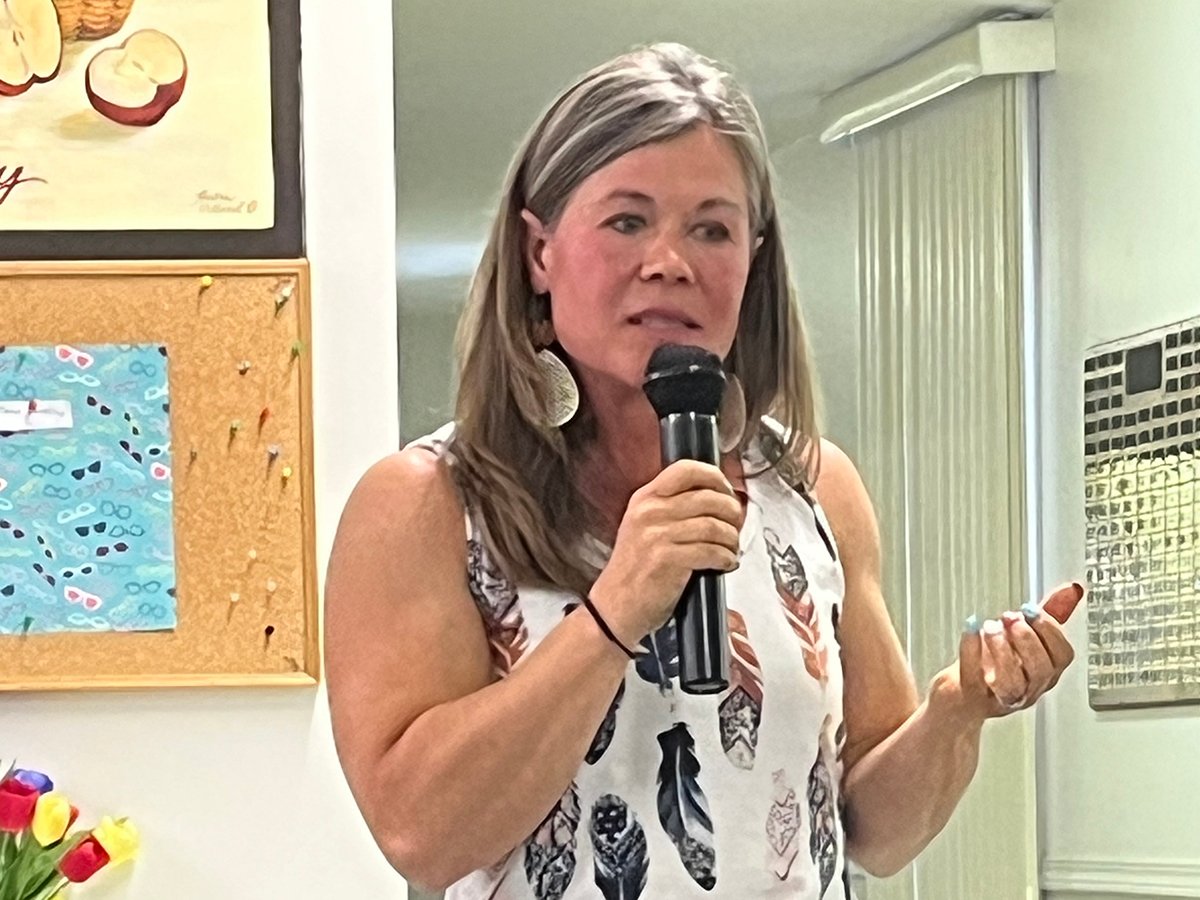
Petition launched over grazing lease controversy
Battle continues between the need for generation of tax revenue from irrigation and the preservation of native grasslands in southern Alberta rural municipality.
Renderers have already dedicated specific plants to handle cattle byproducts and prevent mixups. Feed mills are also moving to dedicated plants that mix single species feed to prevent cross contamination.
Canada banned feeding ruminant byproducts back to ruminants in August 1997. However, there are thousands of on-farm operations where feed is mixed and sold to others.
One milligram of infected material could potentially infect an animal and it is nearly impossible to ensure all trucks and feed mixing equipment are flushed clean.
Banning all ruminant protein is a complex problem because such a policy is at odds with other trading partners’ regulations, Evans said.
A wider ban would also further tax the CFIA’s ability to conduct broader inspection and enforcement.
“We have to find a practical solution that is implementable …. We’ve got to avoid bringing in a regulation that we can’t enforce,” he said.
If ruminant meat and bone meal is banned, it is important to find other uses that could ideally add value such as biofuel or fertilizer.
Another problem facing the CFIA is encouraging farmers to submit samples from dead stock or infirm animals. Farmers should be reimbursed as an incentive to co-operate, he said.
“If an animal is worth nothing, there is no incentive for you to call someone to take it away.”
Older breeding stock should also be identified. When they die, their brains could be submitted for testing since the disease is most likely to appear in older animals.
“If we can’t get those cows to sample, we will not get back into the market,” Evans said. More positive cases for BSE are possible although a few more cases would not change Canada’s status under international rules. However, Evans could not predict the reaction of trading partners.
There are older animals still around that could have been exposed to contaminated feed prior to 1997.
Nor can the agency rule out another case in an animal born after the feed ban.
It knows that even after the ban some extra feed was left over and could have been fed to cattle. Evans said it is important to inform consumers if additional cases come and to talk about the risk levels to human health.
“We need to talk about those things and not keep it behind closed doors,” he said.




